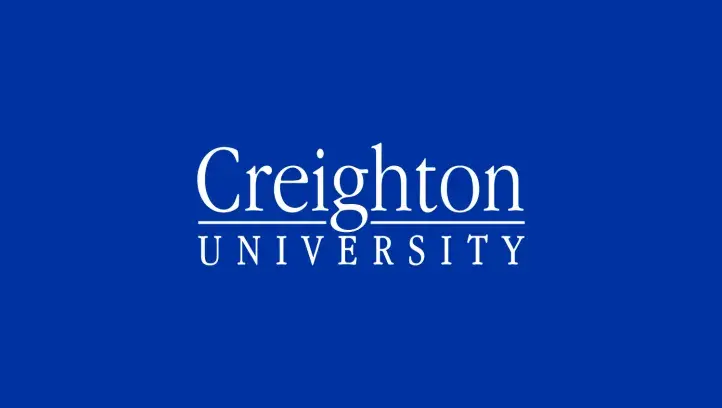
Creighton inspires underserved children to study medicine, health sciences


Last fall, Creighton University conducted seven “mini medical schools” designed to help members of underrepresented and underserved communities in Omaha and Phoenix understand that a medical or health sciences education for their children is possible.
“Medical schools historically have been remiss in admitting diverse students,” says Ronn Johnson, PhD, senior associate dean for diversity and inclusion and professor of family and community medicine at the Creighton University School of Medicine.
“As a result, there is a shortage of physicians, nurses, and all kinds of healthcare providers. Yes, there is a shortage generally, but in underserved communities like reservations and rural communities the situation is on life support—incredible shortages of nurses, doctors, occupational therapists, you name the group.”
Creighton’s four-year-old Mini Medical School program is part of a long-term strategy to relieve those shortages by introducing children to the possibility of a medical or health sciences career. Beginning in elementary school and continuing even through the college years, Mini Medical School uses daylong seminars to familiarize children with the language, the equipment and the practices of the medical world.
“We invite them in for a day where faculty and students introduce them to a medical education,” Johnson says. “They sit in the same spaces that our medical students sit, and they get exposed to the curriculum.”

Their parents receive separate instruction about academic requirements, scholarships and the process of enrolling their children, matters with which they are rarely familiar.
“We demystify the process,” Johnson says. “These parents may not have had the opportunity to attend college, or the process may have changed since they applied. We lay out clearly for them what it takes to make it happen for their kids."
Current medical students at Creighton find profound meaning in encouraging underrepresented children.
“In my first Mini Medical School event, I taught a group of elementary students how to extract DNA from strawberries,” says medical student Trevor Hu. “I also helped a group develop clinical skills. It was very rewarding to watch them become confident using a stethoscope.”
Makenzie Maroney, also a medical student, has been involved with the program for two years.
“Mini Medical School offers a fantastic opportunity for middle school students, particularly those from populations underrepresented in medicine, to explore the captivating world of healthcare and medicine,” she says. “These programs make complex medical concepts accessible for young minds, providing a sneak peek into the exciting possibilities within the field.”
The program currently serves between 200 and 300 students. The long-term goal, Johnson says, is to enroll about 1,000 Mini Medical School students.
A key participant is the CUES School System, which consists of three Catholic elementary schools in East Omaha where 93% of students are students of color.
Mini Medical School has been “invaluable,” says Jim Swanson, director of student and family support for CUES.
“Our oldest Mini Medical School graduates are now seniors in high school,” he says. “We are encouraging them to move toward their goals. Mini Medical School has been a tremendous opportunity for our students and our parents to see a world beyond themselves and to dream for the future.”
While the Mini Medical School program maintains a strong presence in Omaha, it actively reaches beyond the city and state. Native American tribes in Oklahoma, Kansas and South Dakota are also in the program’s network, and a mobile program will soon touch Des Moines, Iowa, and additional reservations.




